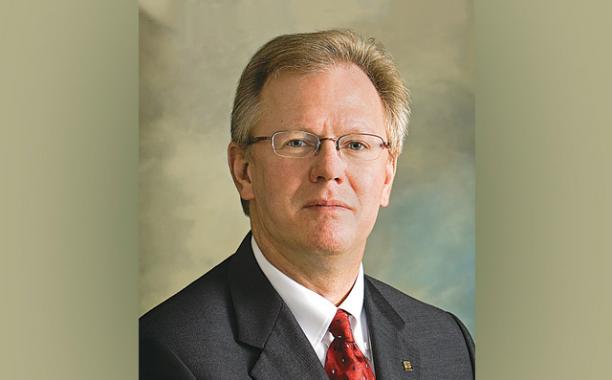
“The Boilermakers union strongly supports the Affordable Clean Energy rule and the relief it provides to the beleaguered coal mining and coal energy sectors.”
ACE rule seeks to undo CPP overreach
A NEW EPA rule to reduce greenhouse gas emissions from existing coal-fired power plants is generating heat of its own. Proponents, including the Boilermakers union, support the rule while opposing groups seek to kill it. Known as the Affordable Clean Energy (ACE) rule, the proposal would replace the controversial Clean Power Plan (CPP) promulgated by the EPA during the Obama administration.
Currently, the CPP is in legal limbo. Our union is part of a coalition that challenges the legality of the plan, arguing that it is an overreach of what is allowed under the Clean Air Act and infringes on states’ rights. The coalition includes two other unions — the United Mine Workers of America and the International Brotherhood of Electrical Workers — along with 27 states, 24 trade associations and 37 rural electric co-ops.
Our coalition was successful in petitioning the courts to review the legality of the CPP, and the U.S. Court of Appeals for the D.C. Circuit had begun that process when we convinced the Supreme Court to issue a stay — halting implementation of the rule until the circuit court could conclude its review and render a decision. Issuing a stay while a case is before a lower court had never been done before. It signifies to us and to others that the high court thinks it likely that the plan will be found by the circuit court to be in violation of the Clean Air Act.
ACE scales back CPP’s overly broad reach, gives states control
A PRINCIPAL ARGUMENT against the CPP is that it intrudes on the rights of states to create their own approach to controlling how electric energy providers operate within a state’s own borders, and it usurps the states’ authority to establish regulations to control emissions. Under the CPP, the EPA tells each state how much it must reduce total greenhouse gas (GHG) emissions, and it lays out “building blocks” or options to achieve those reductions. Those building blocks include improving coal-fired power plant operating efficiencies, replacing coal plants with natural gas facilities and increasing the use of renewable energy sources.
In effect, the CPP coerces states and energy providers to shut down coal plants, convert them to natural gas, replace them with new natural gas units, or place more renewable energy from wind or solar farms on the grid while cutting back on electricity dispatched to the grid from coal plants.
Unfortunately for workers who make a living building, maintaining, repairing and operating coal plants, miners providing coal for those plants, and communities where those plants are a primary source of jobs and tax support, the very threat of CPP is a factor in closing coal plants prematurely. (Other factors include the availability of abundant and cheap natural gas and lower cost renewable energy sources thanks to overly generous government subsidies.)
The ACE rule scales back the CPP’s approach to regulatory enforcement so that EPA requirements conform to the Clean Air Act’s actual language. ACE does not set emission goals for each state. Nor does it push states toward energy alternatives like natural gas and renewables. Instead, it offers guidelines for “heat rate improvement” (HRI). Heat rate is simply a measure of the amount of energy that goes into producing a unit of electricity; the lower the heat rate, the more efficient the coal-fired power plant and the less the emissions per unit of electricity. Like the CPP rule, ACE meets the 2025 Paris Agreement targets for utility emission reductions.
ACE guidelines allow for coal plants to include equipment and operating upgrades to lower heat rates in a number of ways, such as computer systems that better adjust process controllers during rapid load changes, replacement or more frequent maintenance of boiler feed pumps, replacement of seals to reduce heat loss from air heaters and ducts, and use of more advanced induction fans.
Some of these improvements would provide additional work for Boilermakers and other union crafts and could extend the life of the facilities.
ACE focuses emission controls “inside the fence”
ANOTHER ISSUE WITH the Clean Power Plan is that it treats individual plant emissions as part of a state-wide problem to be addressed at the state level. That is not what the Clean Air Act provides. The CAA clearly states that emissions must be addressed at the source. Coal plant owners and operators must take corrective action “inside the fence” of the plant property.
By treating emissions as a statewide issue, the CPP creates situations in which coal plant owners and operators are required to take action outside the fence. For example, a utility may be pressured to construct wind or solar farms far from a coal plant to offset electricity produced by the plant. Utilities may also be pressured to reduce the amount of electricity coal plants send to the grid in favor of electricity provided by renewables.
ACE keeps the focus at the source of the emissions, as the Clean Air Act intends.
Rule amends New Source Review to make needed upgrades less burdensome
OWNERS AND OPERATORS who wish to make efficiency improvements to existing coal plants face a hurdle known as New Source Review. NSR is a permitting program under the Clean Air Act. It requires owners who seek to substantially upgrade or build new power plants to endure a rigorous examination of project plans, and should it be determined that the project increases annual emissions, state-of-the-art pollution controls would be required for the project to proceed.
Utilities have long argued that the costs and delays inherent in New Source Reviews act as a deterrent to make needed efficiency improvements, especially for plants that are nearing the end of their life cycle.
ACE proposes amending the NSR requirement so that emissions would be determined on an hourly basis rather than an annual assessment. An hourly rate, according to the EPA, would enable electric utilities to make efficiency improvements to lower emissions without necessarily triggering NSR. This approach would offer welcome relief to power plant owners and operators. Opponents of the change allege it could lead to higher overall emission rates.
ACE lacks provision for carbon capture and storage
WHILE ACE OFFERS states more control to regulate coal plant emissions, and while it gives coal plant owners and operators more latitude in making efficiency improvements that can extend the life of their plants, the rule does not specifically call for carbon capture and storage (CCS) as an option for states to include in their emission plans.
Again, the focus of ACE is on heat rate improvements — making existing plants run more efficiently to lower the heat required to generate a unit of electricity and thus reduce the amount of coal required, lowering emissions.
Yet CCS can and should play a role in solving our emissions challenge, whether for coal plants, gas plants or other heavy industries. Recent advances in technologies prove CO2 can be captured at or near 100 percent. Now, with the FUTURE Act (as discussed in my previous column), there are much higher government financial incentives for utilities, refineries and other industries to work CCS into their portfolios.
The Boilermakers union strongly supports the Affordable Clean Energy rule and the relief it provides to the beleaguered coal mining and coal energy sectors. The rule may help preserve a coal fleet that has been wracked by the anti-fossil fuel policies under the previous administration as well as by market pressures from cheap and abundant natural gas, and from renewables that have benefited from overly generous and inefficiently applied federal subsidies.
We look forward to a time when the widespread application of CCS technologies effectively addresses the challenge of industrial greenhouse gas emissions. In the meantime, EPA will continue to face the difficult task of promulgating rules that are fair and workable — for workers, industry, society and the climate.











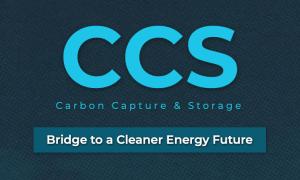
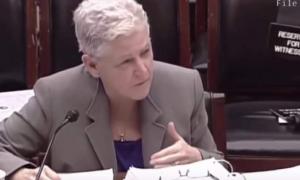
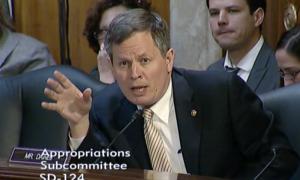

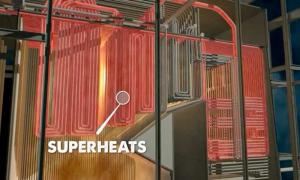
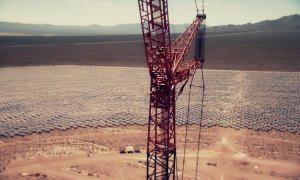
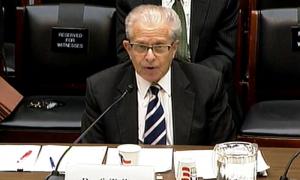
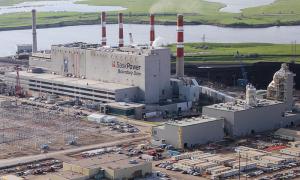
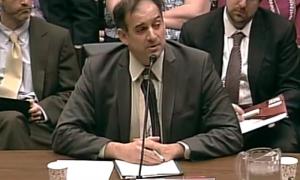
0 Comments